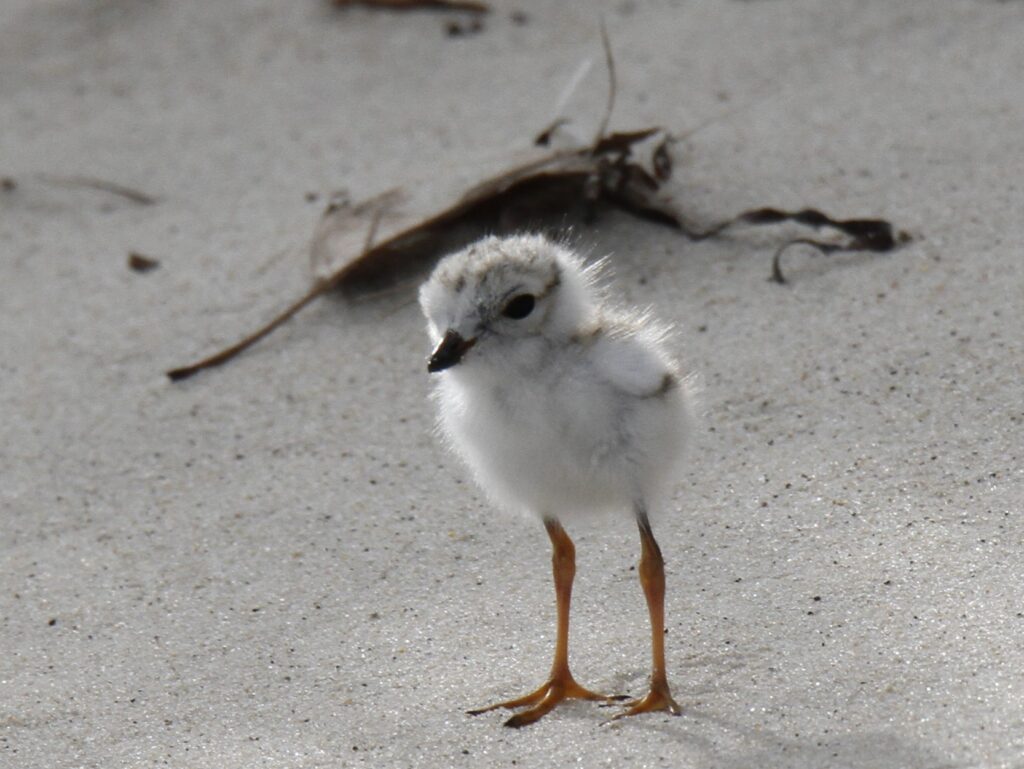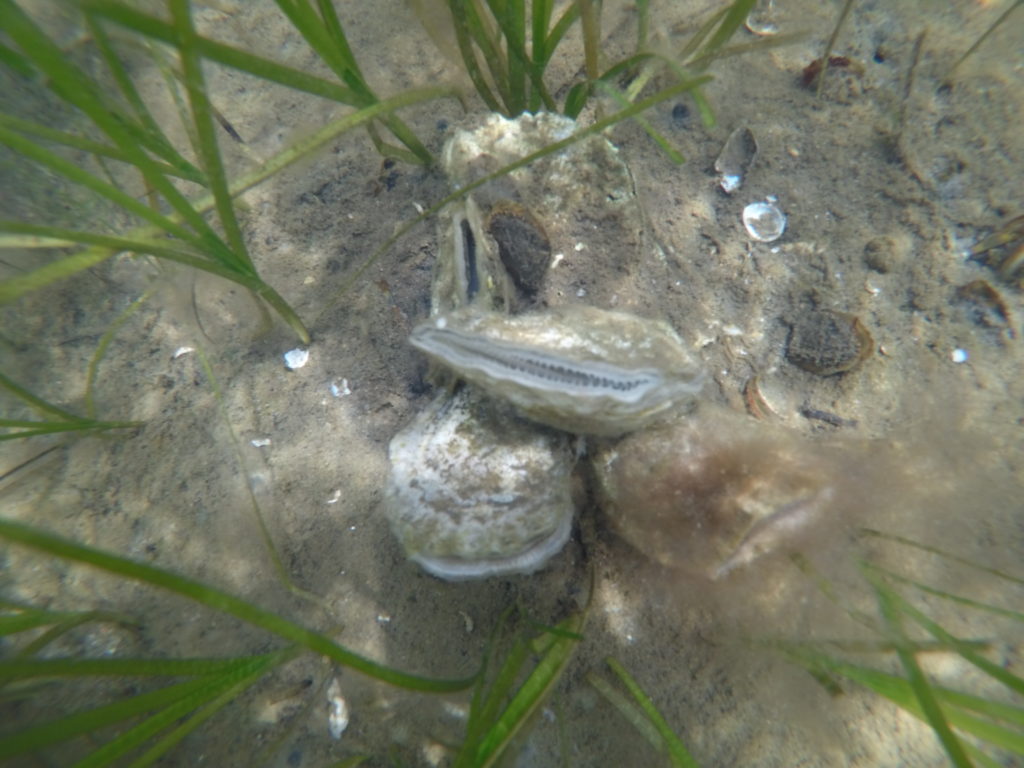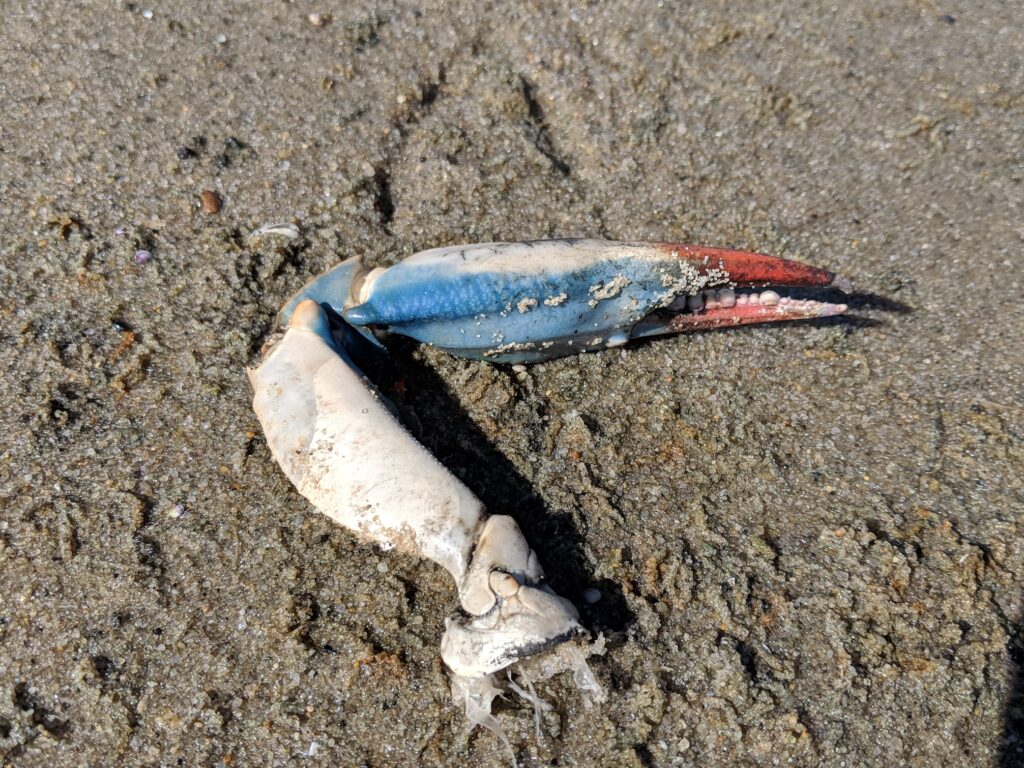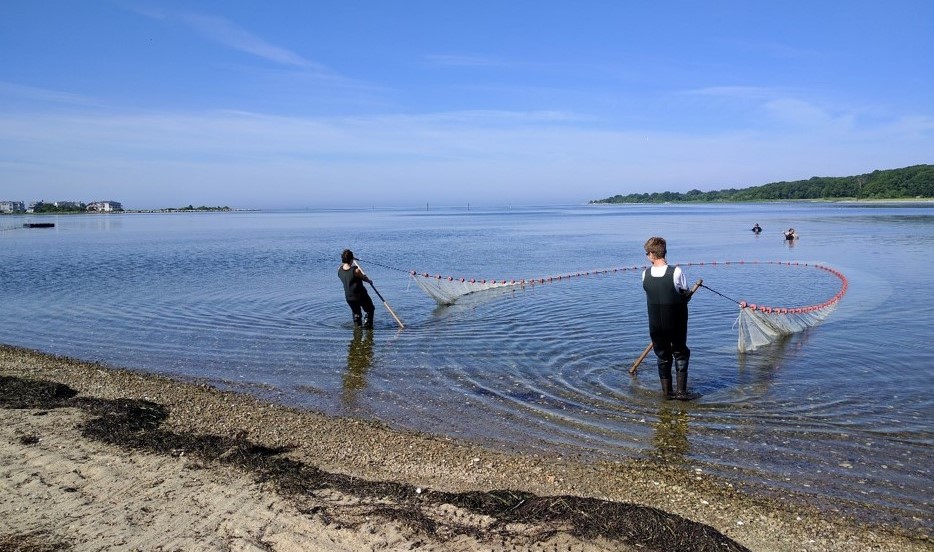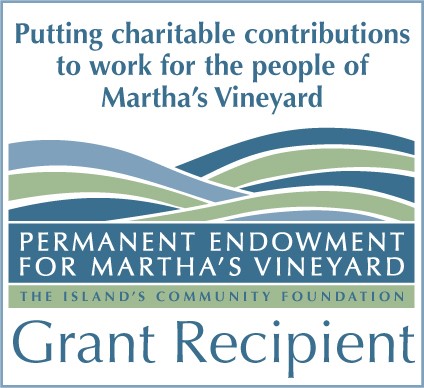Biodiversity Monitoring Program
Beginning in 2020, Great Pond Foundation will be starting a new project: Documenting Diversity in the Depths of Edgartown Great Pond. This project enables us to explore the biodiversity of life within the waters of the Pond. Biodiversity refers to the number of different species that reside in a particular habitat. This work is made possible by a grant from the Permanent Endowment for Martha’s Vineyard, and we are grateful for this opportunity to learn more about the species that live in the Pond!
What types of data are collected?
The goal of this program is to understand how water quality affects biological resources, such as fish and shellfish, while connecting the links in the food web. We hope to answer the following questions:
- What fish species are present?
- What types of plankton are present? Plankton consist of tiny plants and animals that live suspended in the water column.
- Which species are most abundant?
- Do the assemblages of species change seasonally? Or after the Pond is cut?
- Are the species that live in the coves different than those that live by the barrier beach?
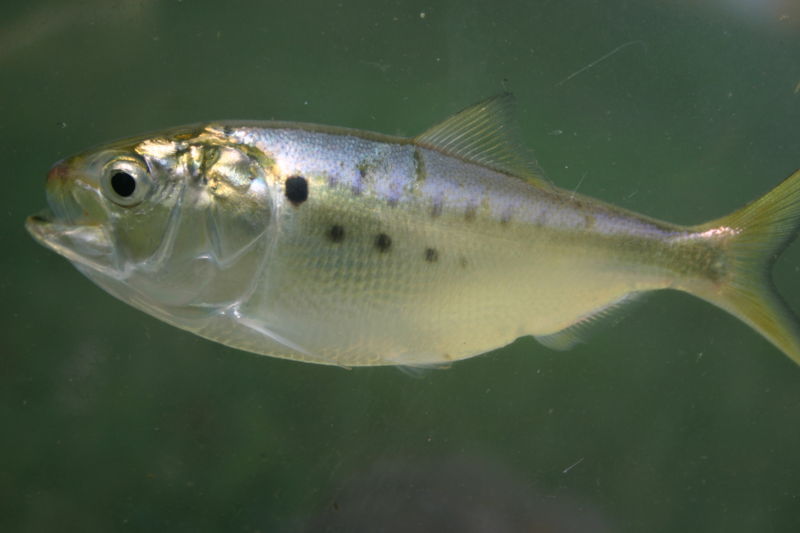
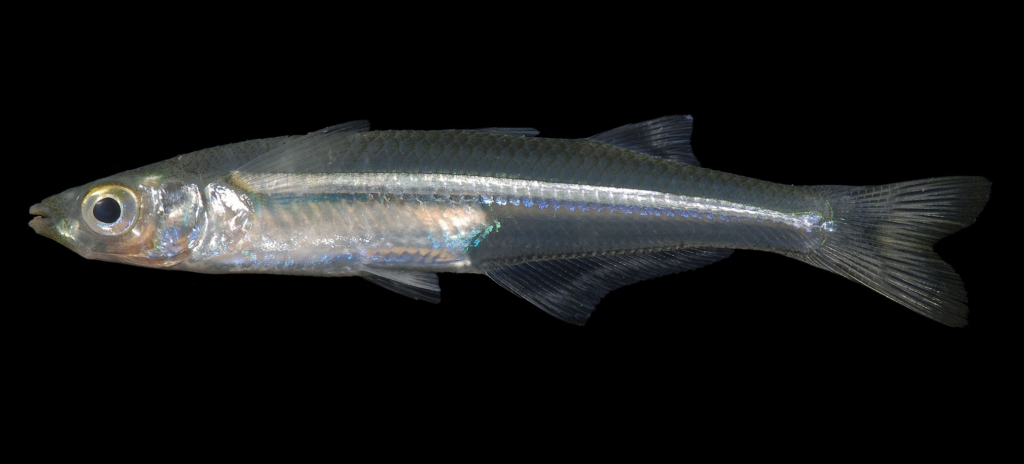
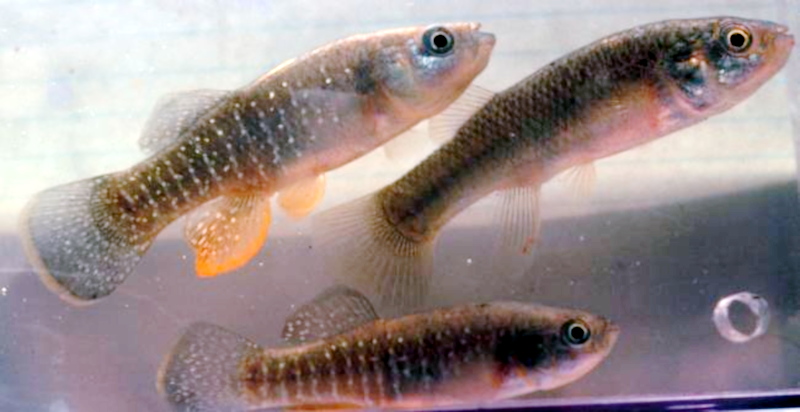
How do you collect biodiversity data?
We utilize different kinds of nets to capture different kinds of species.
- A beach seine net is used to capture fish in shallow water.
- A zooplankton net is used to capture tiny animals, such as invertebrates or larval fish.
- A phytoplankton net has a smaller mesh size than a zooplankton net, and captures microscopic plants.
- Both plankton nets are towed behind a boat.

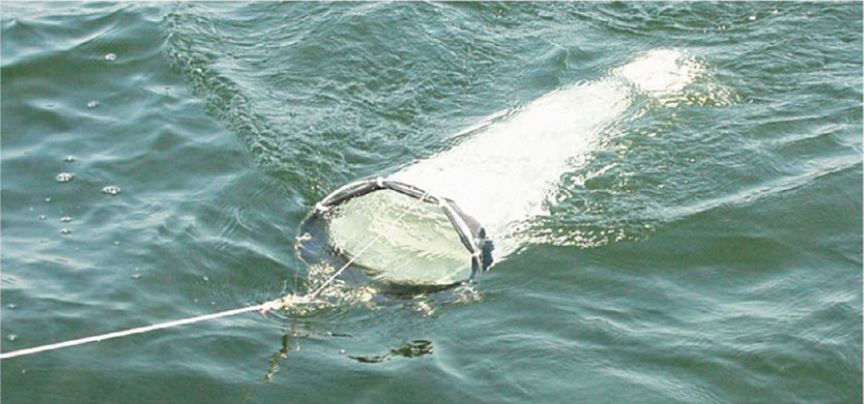

Why are we interested in biodiversity?
Great Pond Foundation is committed to collecting high quality, high resolution data on the health of the Great Pond, and this provides another tool in our arsenal.

- Biodiversity is used as an indicator of ecosystem health, as having a greater diversity of species is a sign of a healthy, resilient ecosystem.
- Monitoring biodiversity generates baseline data, so we can detect future changes, might they occur.
- We can gain a more holistic understanding of how changes in water quality affect the species living in the Pond
- These tools and knowledge gained from monitoring biodiversity can be shared with stakeholders of other ponds and used to develop more effective management practices.
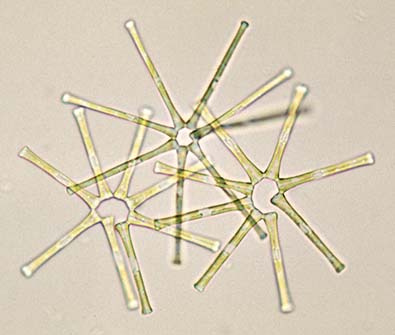

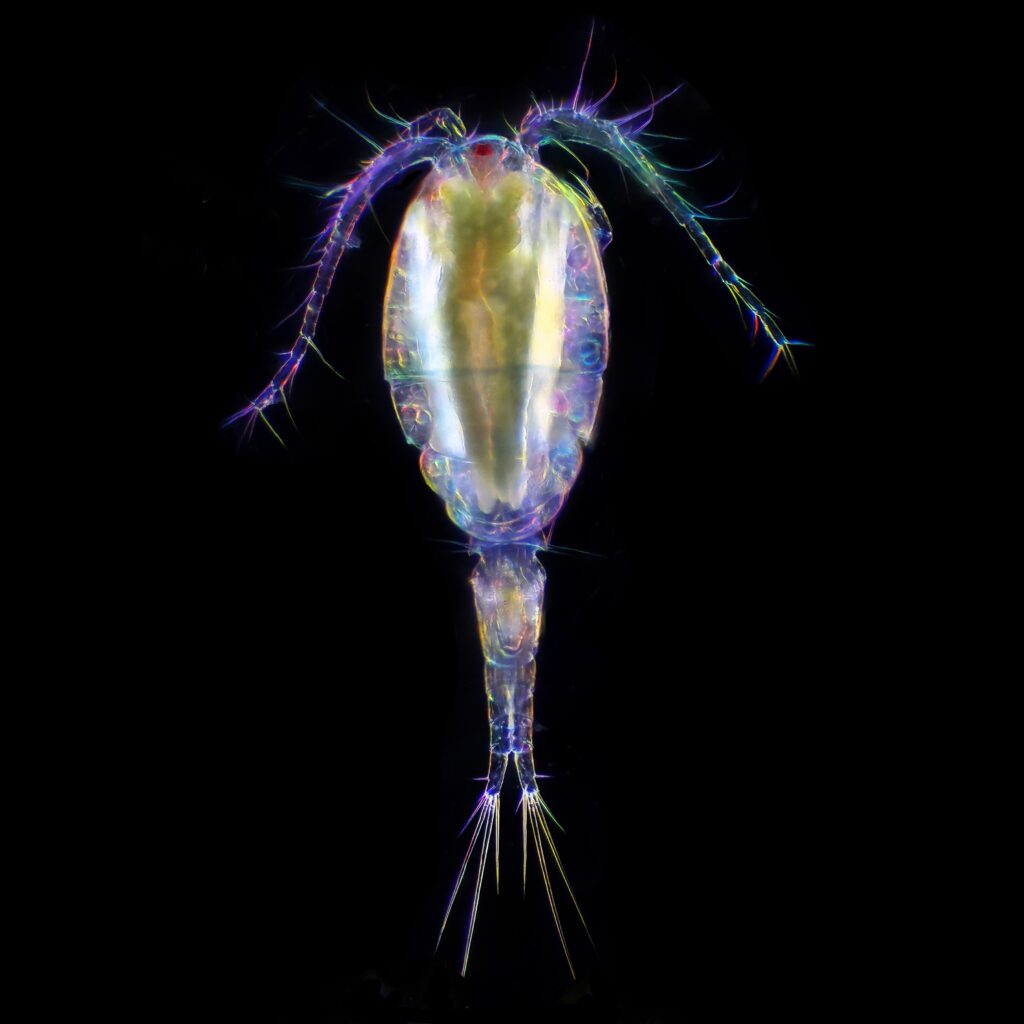
Who else studies biodiversity around the Pond?
Great Pond Foundation monitors water quality and the biodiversity of marine and aquatic species within the Great Pond. Yet, we collaborate with other organizations that monitor other important parts of the ecosystem.
- BiodiversityWorks monitors beach-nesting birds on the barrier beach such as Least Terns, Piping Plovers, and Oystercatchers. Their team of biologists also tracks animals such as coastal river otters, snakes, and bats.
- Martha’s Vineyard Shellfish Group works with Edgartown Shellfish Department to propagate oysters in the Pond. MVSG also monitors the wild population of oysters and their disease resistance as part of an oyster restoration project.
- Scientists from the Environmental Protection Agency and Woods Hole Oceanographic Institution help monitor eelgrass meadows and the extent of tunicate fouling.
